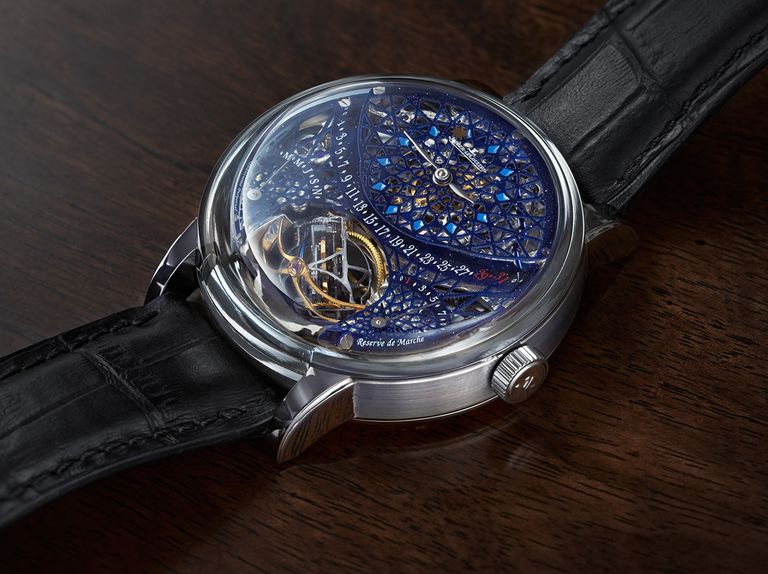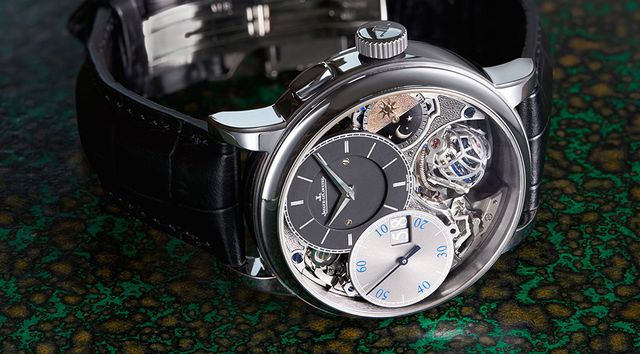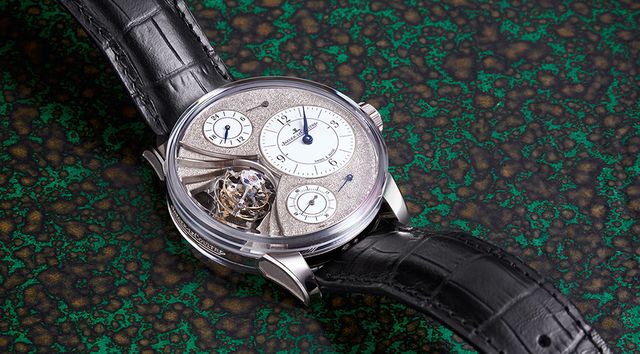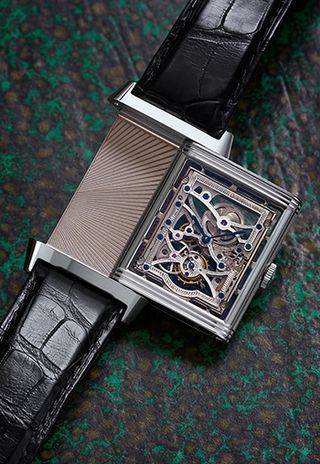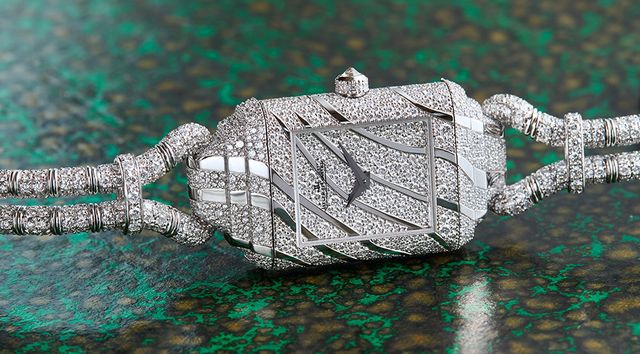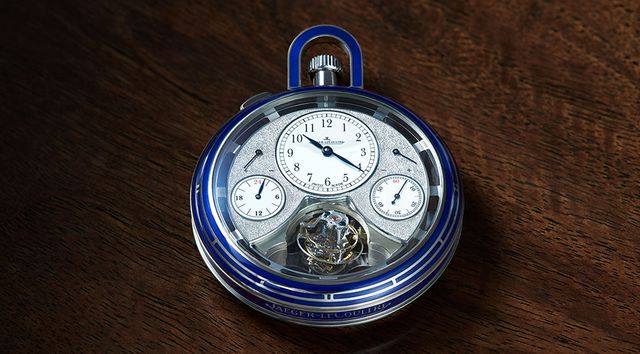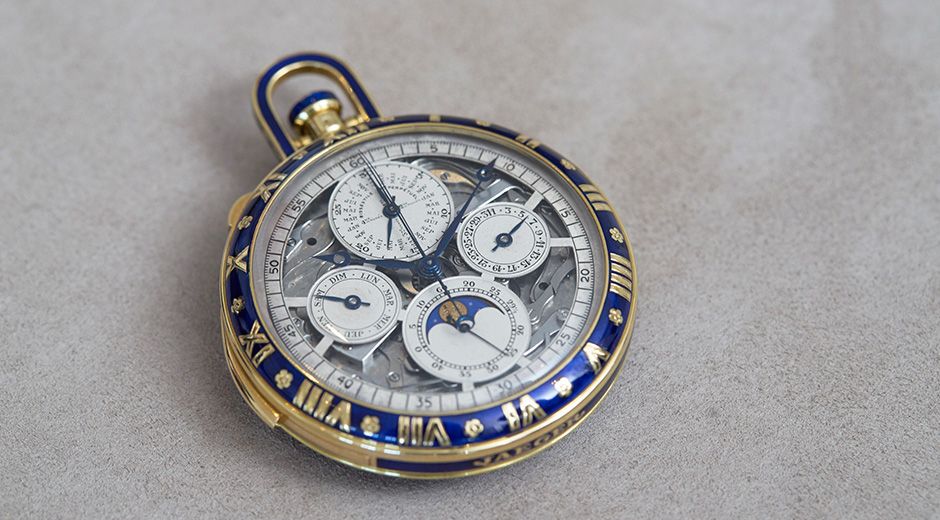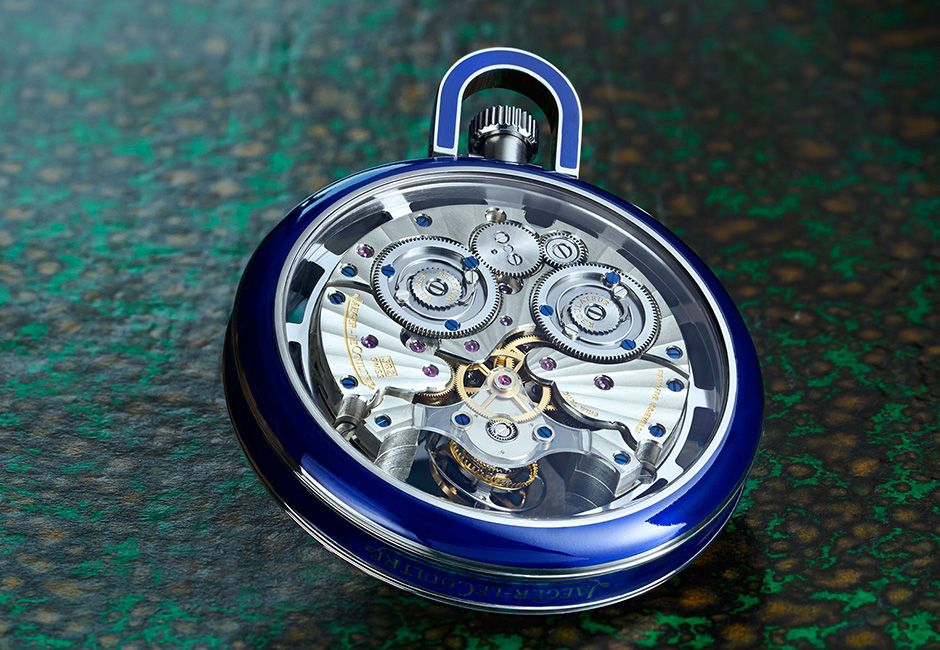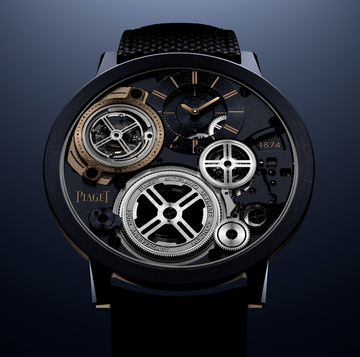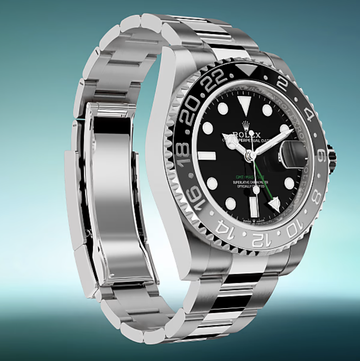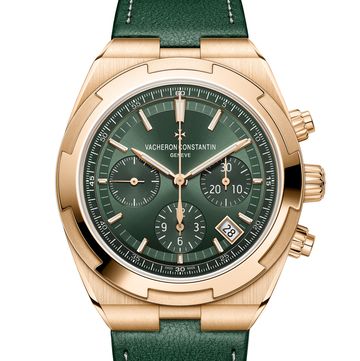The studio where Jaeger-LeCoultre’s grand-complication watches are made is found in an unexpectedly cramped, tenebrous attic space at the top of its Le Sentier factory. The size of the room seems inversely proportional, however, to the ambition of the watches made there over the past decade, ever since the Master Gyrotourbillon 1 announced a new tier of horological accomplishment at Le Sentier.
That watch featured a perpetual calendar with four retrograde hands and a huge, two-axis tourbillon. It kicked off an epic run of super-complications with names as elaborate as their movements, including the one-movement/three-dials marvel, the Reverso Grande Complication à Triptyque; the Master Compressor Extreme Lab 1; the celestial dazzle of the Master Grande Tradition Grande Complication; and the Reverso Répétition Minutes à Rideau with its “curtain” sliding across the face of the watch.It was 2009’s Duometre à Grande Sonnerie – whose 26 complications and 1,300 parts made it arguably the most complicated watch in the world – that saw the name “Hybris Mechanica” first used for Jaeger’s most important watches. Since then, it’s been applied to all the firm’s mega-complications, even retrospectively from the Gyrotourbillon 1 onwards.
To some, “Hybris” is a confusing moniker; it doesn’t – or it oughtn’t – mean “hubris”, of which there’s quite enough in the industry already. Jaeger-LeCoultre’s creative director Stephane Belmont defines it thus: “Doing things above what you can expect – pushing boundaries technically and setting ourselves free creatively.”
And there’s now a new Hybris in town. Hybris Artistica, as the name suggests, is Jaeger-LeCoultre’s entry into the world of haute-de-gamme decorative watchmaking – an area that has become increasingly important to top-rung brands in the last couple of years.
This does not, to be clear, mean merely enhancing Jaeger-LeCoultre’s oeuvre with traditional decorative techniques – it’s already doing that aplenty. This collection is about rethinking Hybris Mechanica and other watches from a highly experimental aesthetic standpoint. While traditional mètiers like diamond setting and skeletonisation feature, there are also a number of new and unusual approaches.
The absolute stand-out is the latticework aventurine dial of the Master Gyrotourbillon 1, resembling a stained-glass window. It took six months to get a finished version without breaking it, so delicate is the technique. Almost as beautiful is a newly conceived pocket-watch version of the Sphérotourbillon, the movement of which is magnificently suited to its new housing. One hopes this is not a lone pocket watch outing for the dual-wing Duometre system.
Then there’s the Grande Reverso Tourbillon Squelette (above), in which the remarkable thing is not its (sublime, nevertheless) openworking and sunburst engraving, but the shaped sapphire crystal that wraps itself at angles around the dial. It’s one of a number in the collection using crystal in new ways to expand the visual impact of complex watchmaking.
Belmont describes this as the most difficult job to have accomplished, so tough is the substance to machine into complex shapes and so expensive at small volumes – not to mention the difficulty in making these shapes watertight.
Other experimental techniques involve a dial made of brittle rock crystal for the Grande Sonnerie; a tantalum case (both very hard and strangely indefinable in colour) for a more masculine version of last year’s Gyrotourbillon 3; a dial effect for the Sphérotourbillon involving hand-chiselling white gold; and the Reverso Cordonnet Neva, a ladies’ Reverso with 2,500 snow-set diamonds that, according to Belmont, requires six months of a single gemsetter’s time.
Interestingly, the entire collection of 11 watches, plus an Atmos clock decked out in ornate Arts-and-Crafts enamel marquetry, has been put together in the space of a year, having only been dreamed up early in 2013. At that point, Hybris Mechanica 11, this year’s tourbillon minute repeater whose ultimate complication is in its ultra-slim dimensions, was being finished, and symbolised a certain shifting in tastes. Where 3D complications in a Reverso the size of a house brick were quite the thing a few years ago, not only is understatement now in vogue but engineering discoveries have made it possible even in something so complicated.
That’s a massive achievement in itself, but if understatement is the aesthetic du jour, there’s still room for the opposite. An opportunity, then, arose to do something else that would fulfil the "showiness" bit of the Hybris brief. This grew to a collection of 15 pieces, eventually refined down to 12 (including the Atmos clock), collectively designed to showcase the breadth of Jaeger’s creative prowess.
While the Grande Sonnerie, Gyrotourbillon 1 and Atmos are unique pieces, the rest are being made in limited editions of three. It may be a tiny number of watches, but given the work involved – the majority of decorative tasks are being carried out by Jaeger-LeCoultre’s in-house craftspeople – it’s a significant undertaking.
As a mass flexing of some pretty eccentric creative muscle, the Hybris Artistica watches are a smash. They will eventually be sold separately, but are first going on a global tour. It’s a rare opportunity to see so many fruits of that tiny attic room at the top of the Le Sentier factory, and to witness Jaeger-LeCoultre’s fascinating creative approach in full flight.
